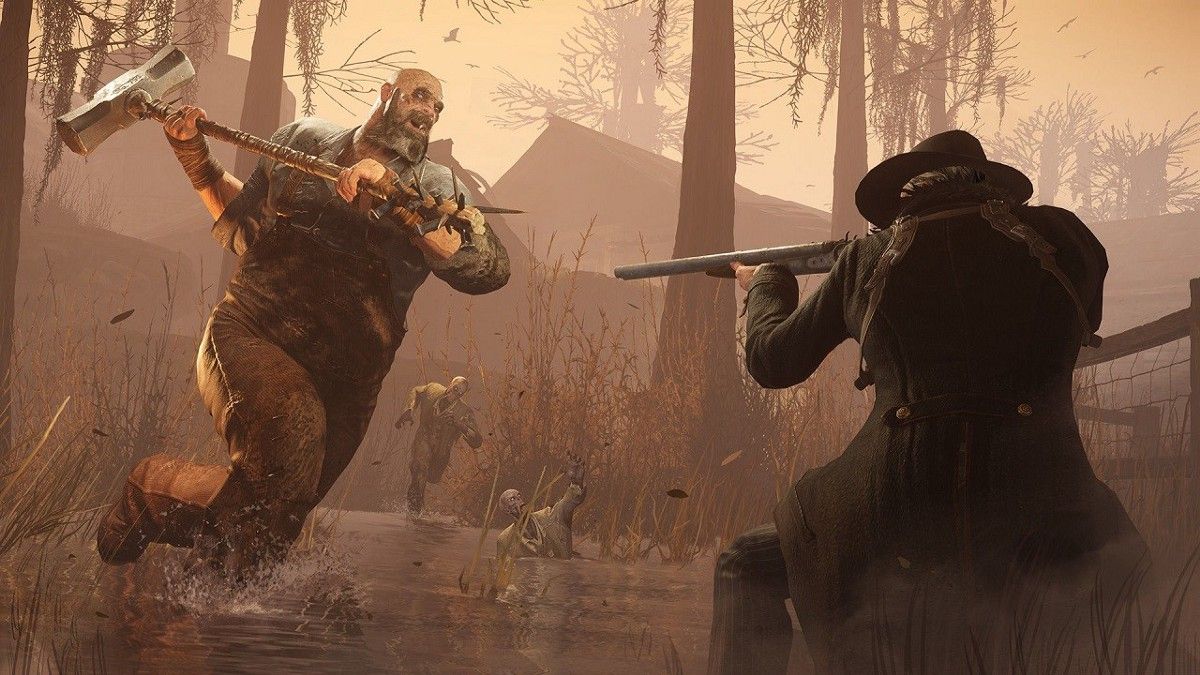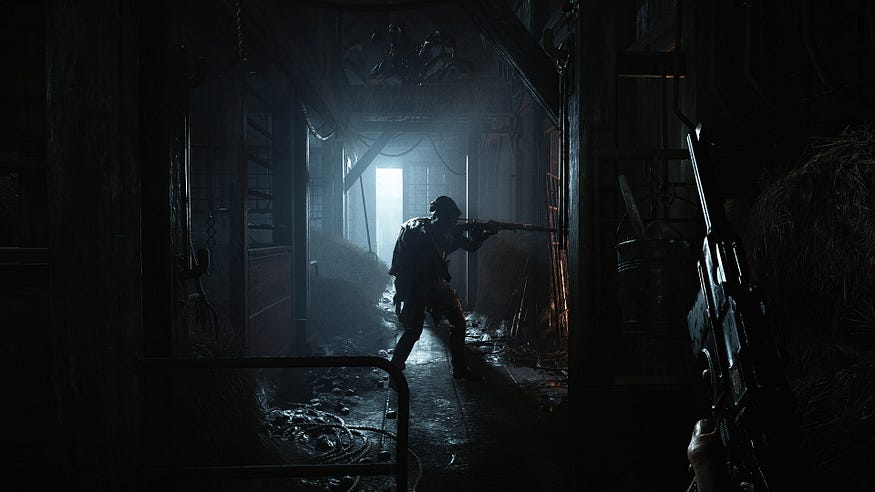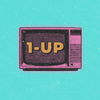The Thrill of the Hunt
Hunt: Showdown’s unique and fascinatingly clever design make it one of the best experiences on the market, providing you’re up to the challenge

Nothing quite comes close to Hunt: Showdown. It fills a niche market shared, only partially, by Escape from Tarkov. This PvPvE first-person shooter will throw in the darkest corners of the world that have you facing the stuff of nightmares. It’s a high-stakes game where one mistake can send you back to the drawing board with everything gone.

This game has been picking up steam recently, with the number of players logging in steadily rising since its release in 2018. Not too long ago it reached over 10,000 players thanks to developers making the game more accessible.
Even with this great news, Hunt deserves more attention considering how unique and well-constructed this competitive, match-based game is. This is a game shrouded in mystery, which may be off-putting and easy to overlook. The best comparison I could give is that this game is a mix of Rainbow Six: Siege and Escape from Tarkov. Even then, that comparison doesn’t cover what makes Hunt unique. So, what actually is Hunt?

The ‘Hunt’ Begins
On the surface Hunt looks like a gloomy Western-infused battle royale, dropping players into a swampy arena to see who will be the last one standing. In reality, it shares very little with the battle royale genre. Hunt: Showdown combines the thrill of PvP (Player vs. Player) with PvE (Player vs. Environment) enemies and boss fights. Together they create a hardcore PvPvE experience that is worth your time.
Matches (or hunts) begin with up to 12 players, whether solo or in teams of two or three, spawning into an arena set in the dark bayou of Louisiana after the Civil War. Equipped with 19th-century firearms, your goal is to hunt down the boss or bosses that are hiding. Using Dark Sight (an ability that lets you enhance your senses) to lead you, you’ll search for clues spread across the map to help you narrow down your search on the boss’ lair.
Throughout this you’ll contend with a variety of AI monsters, ranging from zombies, hives of deadly insects, packs of infected dogs, and monstrosities that use leeches.
Each enemy requires a unique approach to taking them down. My favourite is the Immolators. These hyper-aggressive inferno monsters are a new player’s worst nightmare. The common reaction is to panic and open fire, but this only causes the monster to erupt in a fiery blast. The strategy to taking them down safely is using blunt melee.

They give the same attention to the four bosses or bounties found in the game: Assassin, Butcher, Spider, and Scrapbeak. There can be up to two bounties on each hunt. For example, the Assassin is a quick foe that uses deception to its advantage, such as teleporting or creating a decoy. Conversely, the Butcher is a towering pig-man that will charge at you with a cleaver and torch. Just like with the other enemies, it will take tactics and skills to fight off each unique boss.
This is where Hunt gets really interesting: other players are out for the same bounty.
You’ll have to stealth or shoot your way to the boss’ compound and eliminate them before your competition does. That’s not where the extra challenge ends, however. When you defeat a boss, you must ‘banish’ them to receive the spoils of your win. The moment this takes place, all the other players are notified of your location. Now you must bunker down and defend your position from other players wanting to collect the spoils of your struggle.
Once the banishing is completed, you must collect the bounty and escape via one of the extraction points. Players will still seek you out. However, you will have a new trick up your sleeve: upgraded Dark Sight. This will help you track your enemies to help you reach the extraction point safely.
If you’re successful, you’re taken back to the menu and awarded in-game currency (Hunt Dollars) that you can use to buy new equipment.

A High Stakes Challenge
In this description, however, I purposely left out one thing. The key to the Hunt experience. This is, after all, a high-stakes game. If you die on a hunt, you lose the character you’re using and all their equipment. Even the equipment you purchased with Hunt Dollars. After death, you’ll be returned to the menu where you can pick another available hunter with a randomized loadout, or customize your own using your hard-earned Hunt Dollars.
This is where Hunt’s hardcore aspects come into play and where many will find the experience off-putting.
The core gameplay loop boils down to going on a hunt with a random free character, succeeding or dying, and venturing back in with a better-equipped hunter only to lose them after a few games. Rinse and repeat.
While this sounds frustrating, the cohesiveness of the game’s design makes this experience addicting.
Hunt is driven by a deeply ingrained sense of fear and thrill generated by perma-death. Each gunfight with other players instils a palpable dread within you. One wrong move could mean death and losing your precious equipment.
It’s this intense thrill that makes the gameplay successful. Like a rollercoaster, it’s a fear that can feed and motivate you. The game requires you to be calculated with your approaches and strategically decide when is the right time to strike. Play smart and you’ll reap the rewards. This is a game that demands your full attention and in return offers you a memorable, adrenaline-fueled experience.
When I started playing, I dreaded going into a firefight. I feared dying and instantly losing my hard-earned equipment. Now that I’m more experienced, my approach has changed. I play more aggressively, willing to gamble my spoils for the pure excitement of gunplay. This is an experience no other game has provided.

The Sounds of the Bayou
The key to crafting such a tense experience is Hunt’s audio. There’s no doubt in my mind that Hunt represents the current peak of audio design, utilising binaural 3D audio to produce such rich and accurate sounds. This is the same technology Ninja Theory used in Hellblade: Senua’s Sacrifice to depict the many voices inside the character’s head.
Binaural audio is a recording technique that makes use of two microphones that act as your ears would, allowing audio to realistically react in a 3D space.
In Hellblade, you can accurately place the direction the various voices are coming from, immersing you in the character’s psyche. This same technology makes Hunt an even more dramatic and engaging experience.
Crytek made sound part of the core Hunt experience. Sound underpins every aspect of the gameplay.
The maps are littered with ‘sound traps’, such as crows that will screech and fly away as you approach or the crunch of broken glass under your boot. Everything in Hunt makes noise, from walking and interacting with objects. Sound can either help you or work against you. It can announce someone’s presence or give away yours.

Binaural audio means it can assist other players in pinpointing the direction of noise with deadly precision. You can hear the punch of distant gunshots as players fight for their lives, the sound of gates sliding open, and the snap of twigs as someone tries to approach you from behind.
The goal is to be quiet in your approach to prevent this. Yet, being quiet means moving slower, allowing enemies more time to close the gap and challenge you for the bounty. Sound, therefore, becomes another unique challenge in gameplay.
While playing, I was constantly aware of the sound certain actions would make and it would influence my decision making.
I could take the quick route into a compound by taking the main gate, or I could crouch and stealthily find a broken fence to crawl through. If an AI monster caught me off-guard, I could shoot it to avoid taking a hit, but it would alert everyone to my position. Or I could switch to a silent weapon, like a knife, and fight off the monster the hard way.
That’s how crucial sound is in Hunt, dictating the flow of the game and creating an unapologetically oppressive yet thrilling experience.
Crytek deserves praise for its audio design. Not only does the audio create a more immersive world, but it also significantly raises the stakes and elevates gameplay.

An Immersive Environment
Hunt also has one of the most detailed and unique environmental designs I’ve seen, particularly for a multiplayer title. It’s dark, damp, cluttered, and war-torn. Hunt’s world reflects its gameplay: oppressive and beautiful. The maps are strewn with relics of the Civil War, such as cannons, collapsed barns, and crumbling forts.
There is a Southern Gothic visual style across the board. With detailed environments along with the sounds of the bayou, you have an immersive swampy experience. Crytek fully commits to the visual style: the maps, characters, equipment, and monsters all follow the theme of a post-Civil War gothic and grotesque landscape.
Weapons & Equipment
The arsenal of weapons and equipment at your disposal is similarly unique. Firearms are real 19th century weaponry such as repeaters, revolvers, bolt-action rifles, and shotguns.
Not only are the weapon models intricately crafted, but if you’ve ever seen old weaponry in practice, you’ll find yourself reminded that they’re not known for their speed. Revolvers have a small ammo capacity and a relatively long reload. The shotguns are predominantly single or double-barrelled, meaning frequent reloading.
The gunplay will feel slow and clunky to many, but this was a conscious decision by the developers.

Hunt is not a twitch shooter. Firefights are deliberate since you can’t afford to miss a shot. For this reason, Hunt is a very skill-based and hardcore game, which may not be for everyone. For the few that enjoy such punishing experiences, then Hunt will be for you.
Besides the more standard weapons, Hunt also has a variety of more wild weapons. For instance, the Bomb Lance is an explosive harpoon. There are also a variety of crossbows featuring different bolts (poison, explosive, etc.). You can even dabble with traps like explosive tripwire or decoy firecrackers.
Hunt offers a vast array of weapons and equipment that can be unlocked. Each one is a delight to use, despite the initial awkward and clunky feeling. All the weapons and tools are unique, intricate, and fun if you can embrace the slow, methodical nature of Hunt’s gameplay.
Closing Thoughts
Hunt is an incredibly well-made game, boasting impeccable sound design, a unique atmosphere, and some of the tensest and most exhilarating gameplay on offer in the multiplayer scene.
Its combination of PvP with PvE creates inventive situations where you’ll be fighting for your life from foes from all angles, both actual players and AI. It’s one of the most unique experiences on offer in gaming.
However, there are some drawbacks to this. Hunt isn’t a game for everyone.

It’s hardcore and struggles with accessibility, despite some improvements made. The matchmaking can be difficult as veterans won’t find the prospect of teaming up with a low level and betting their gear appealing. The game can also feel clunky.
I know when I first loaded it up I found it difficult to play and nearly gave up. But I stuck with it and I’m glad I did.
If Hunt’s hardcore and intense design, powerful audio, and unique aesthetic appeal to you, then invest in this game. I’ll see you at the bayou and we’ll see who is the last one standing.
I’ve also made a comprehensive guide alongside this review, called ‘The Hunter’s Manual’, to assist new players so they can have an enjoyable ‘Hunt’ experience!
